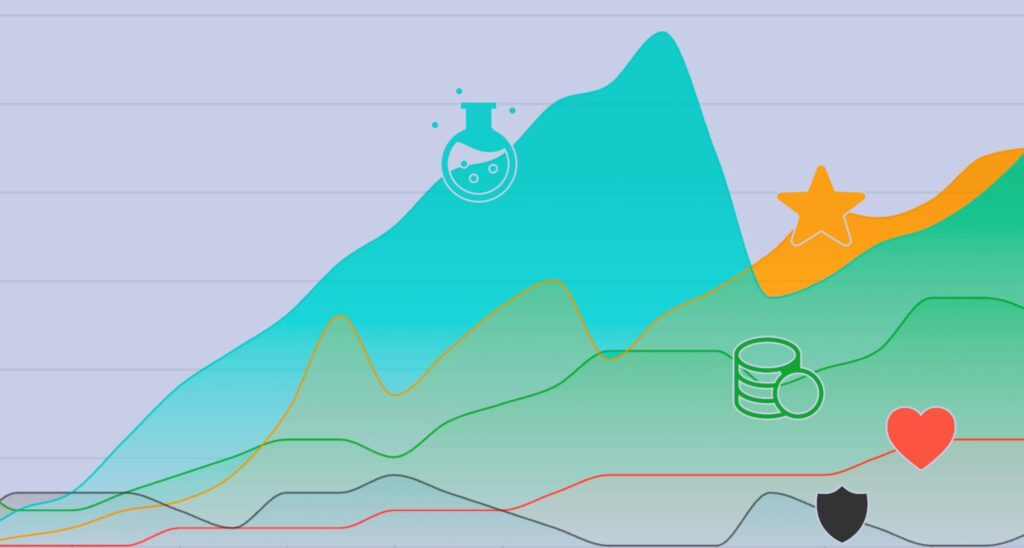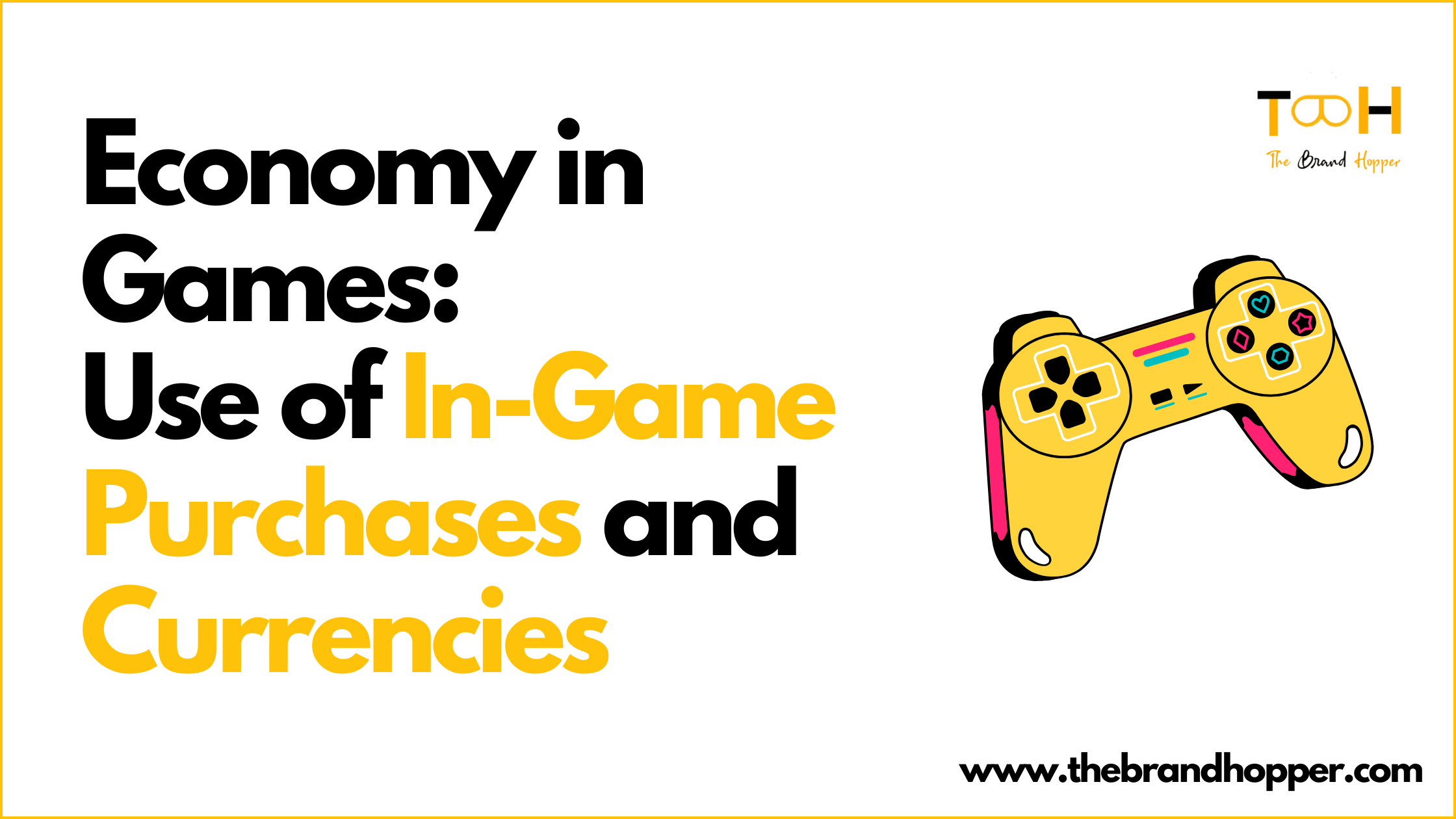Thanks to continuous development, the gaming industry has transformed from simple entertainment into an economic hub and a multi-million dollar sector, where in-game purchases and virtual currencies play a significant role. These elements provide developers with a steady revenue stream and offer players the chance to enhance their gaming experience. In this article, we will explore how in-game economies work, which are the most effective, and how they continue to evolve. We will also dive into the impact of digital purchases and discuss popular monetization strategies and other virtual gambling mechanisms that enable developers to attract more players.

The Role of In-Game Purchases in Modern Gaming
When discussing the economy in games, one of the first things that comes to mind is the purchase of skins and various in-game items. This is the most popular economic strategy, as these transactions, which unlock features, characters, cosmetics, or resources, are an important revenue source for game developers. Initially, this strategy was based only on cosmetic updates in free-to-play games, but with ongoing innovations in this area, it has now become a core product across nearly all gaming genres.
In-game purchases are divided into two categories: consumables and permanent items. Consumables offer temporary boosts, like a health kit to increase health levels or an XP booster. Such purchases are also available on sites like csgo coinflip, where players can not only buy and win skins from various games but also cheer for their favorite teams. Permanent items include character or weapon skins, which remain in a player’s inventory once purchased.
Another type of in-game purchase is microtransactions, which are often the most successful. They’re affordable, appealing, and can encourage players to spend more than they would on a single purchase. These can often be mistaken for discounts on regular in-game items and csgo flip coin options, as they have similar price points. This model has proven highly profitable, allowing developers to offer games at minimal or even free initial costs, then recoup their investment through ongoing player transactions.
Virtual Currencies: The Foundation of In-Game Economies
To simplify the purchasing process, many games use virtual currencies. These currencies vary across games, but they are usually bought with real money or earned in-game. By making purchases with these assets, players can acquire valuable skins and exclusive items. Virtual currencies also introduce a psychological aspect to spending, as players use currency not directly tied to real cash, which can make purchases feel less significant and more enjoyable. For instance, in some games, such as cs2 coinflip, players often wager in-game coins for a chance to win additional items, which they can then trade or use in the game.
Games like Fortnite and PUBG have set a high standard and use this strategy extensively. In these games, players buy coins or credits, which can then be spent on character skins, weapon upgrades, and other personalizations. This approach fosters a lasting connection between players and the game, encouraging continued spending. Additionally, due to the popularity of these games and the constant updates with new content, the number of purchases increases, enhancing the economic aspect of these games.
Monetization Strategies: Subscriptions, Battle Passes, and Beyond
While virtual currencies and microtransactions are popular, they are not the only monetization strategies developers use. Subscriptions, for instance, offer access to premium content for a regular monthly fee. Battle Passes, another widely used form of monetization, are especially common in games like Fortnite and Dota 2. They provide players with time-limited access to exclusive content through a one-time payment. Typically, Battle Passes are filled with various skins, bonuses, and coins, which players can earn by completing tasks and leveling up.
Subscription services work well for games with regular updates or live-service elements. Players who choose a subscription gain access to exclusive rewards, cosmetics, or new content before other players, which builds loyalty and boosts monthly revenue. Similar to Battle Passes, they are often structured with stages that encourage players to stay engaged and return frequently to unlock items over time. These approaches have become widespread because they not only increase revenue but also improve player retention.
The Psychological Impact of In-Game Purchases
Developers understand the psychological principles that drive spending, as teams of specialists analyze every factor in these projects. They use tools such as time-limited offers, exclusive items, and daily rewards to encourage player engagement and spending. In some cases, players may feel a fear of missing out on discounts when unique items or opportunities are only available for a short period. These tactics make the experience more enjoyable but also subtly encourage continuous spending.
The “sunk cost fallacy” is another psychological aspect that works well in game economies and is also employed in csgo coinflip sites. Once players start investing time or money, they are more likely to continue doing so because abandoning their investment feels like a loss. Additionally, virtual currencies help separate the concept of “real money” from in-game purchases, making it easier for players to spend without considering the actual financial impact.
Conclusion
Summing up all the facts, we can say that in-game purchases and the economic strategies we’ve highlighted are the best ways to monetize games. As the gaming industry continues to evolve, developers will likely innovate new ways to engage players through these strategies. However, as these economies grow, developers must also focus on ethical considerations and regulatory guidelines, keeping trends in mind and maintaining a balance that benefits both the player and the game itself. For players, understanding these mechanics and how game economies operate can help make more informed decisions, get the best items, and save money—whether buying a unique skin, playing a cs2 coinflip, or subscribing to a battle pass. So, we can say that in-game economies have transformed the gamers experience and game investment, creating unique opportunities and challenges for both players and developers.
To read more content like this, explore The Brand Hopper
Subscribe to our newsletter
Go to the full page to view and submit the form.

